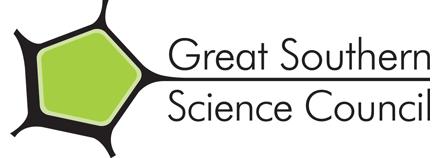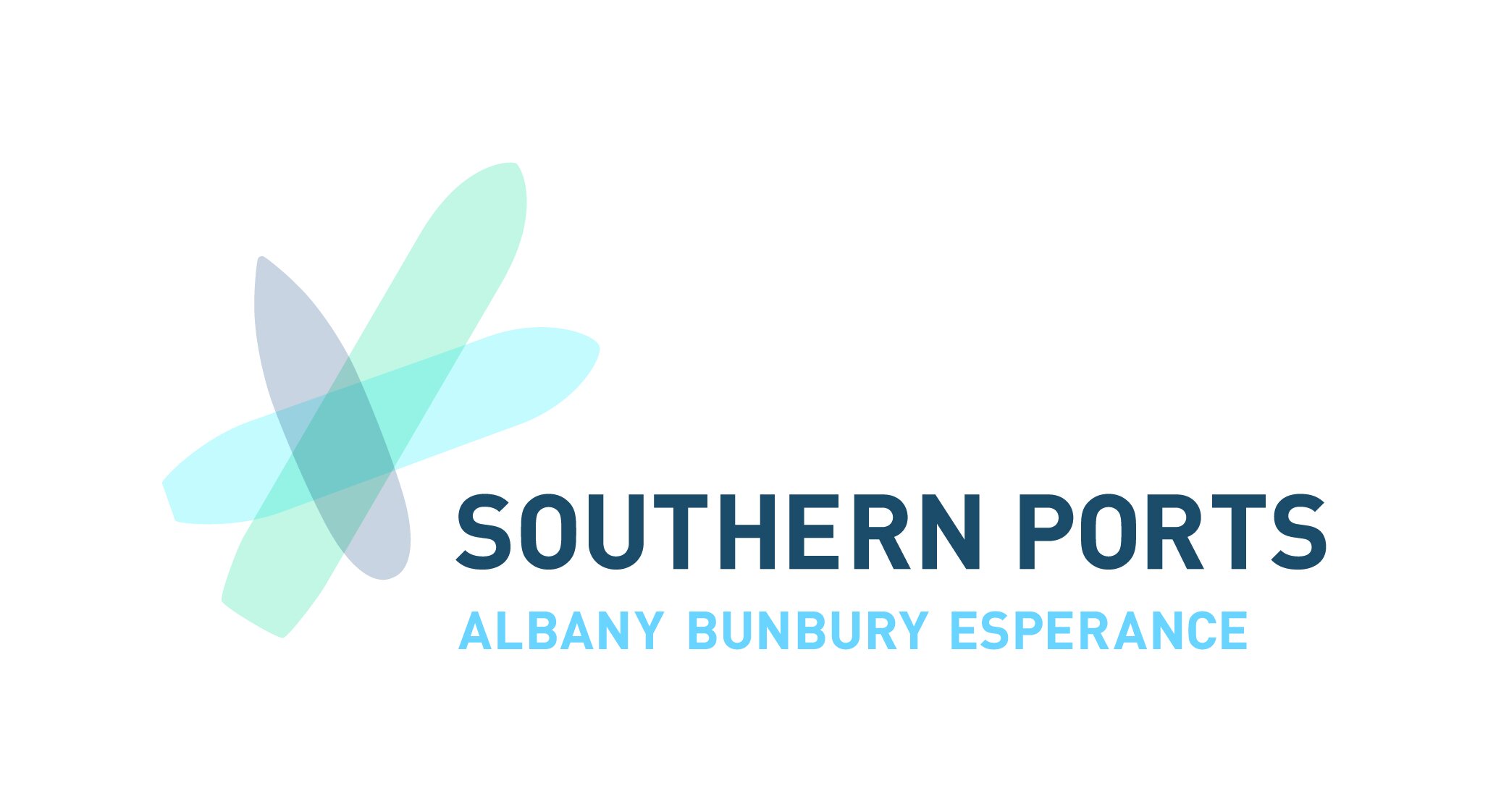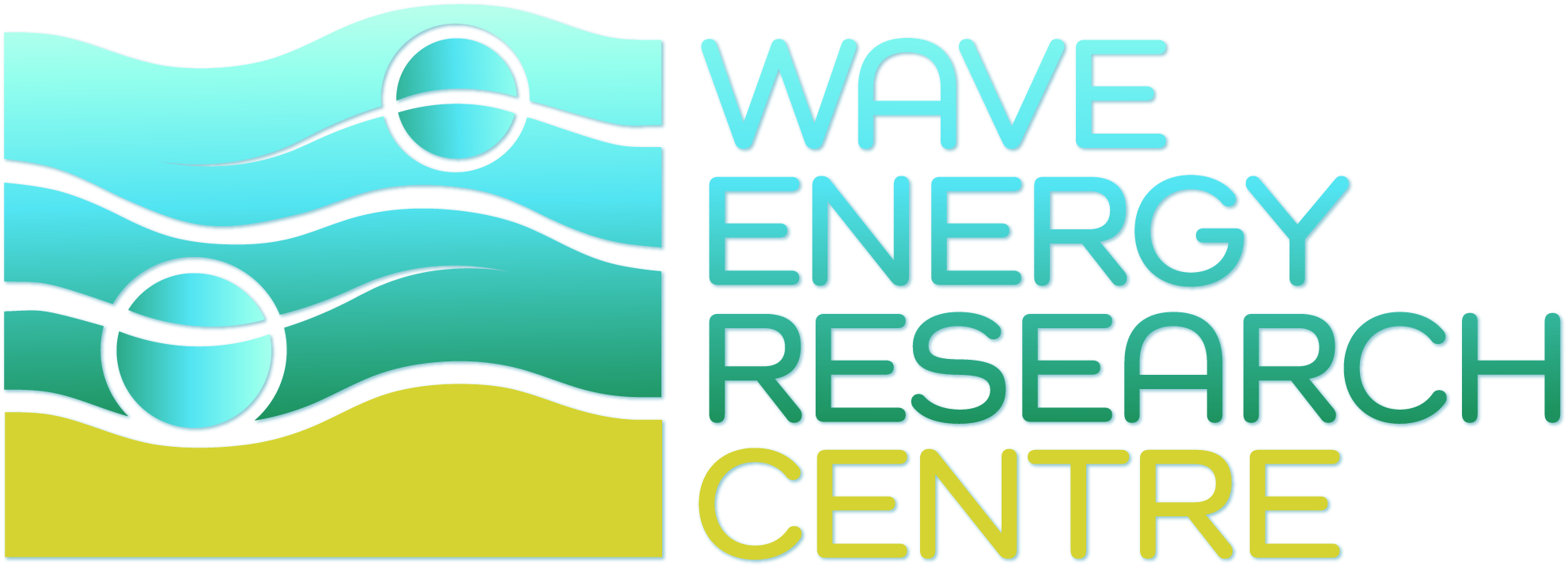Members
wiebke ebeling, PhD ANU, neuroscience
Katy Evans, PhD (Cantab) Earth Sciences
Wiebke Ebeling
Wiebke completed a PhD in neuro-ethology and has worked in science communication, education and outreach roles at several Australian universities and in various scientific disciplines. She joined UWA to establish the headquarters of the Wave Energy Research Centre in Albany in early 2018. She manages the Centre operations across the Albany and Perth nodes and also the Great Southern Marine Research Facility in the refurbished Albany railway station. She leads Centre engagement with State Government, key local, national and international stakeholders, as well as schools and the public. In July 2020, she was appointed Board Director of the Southern Ports Authority.
Wiebke is Chair of the GSSC.
Katy Evans
Professor at the School of Earth and Planetary Sciences, Curtin University. Works on metamorphic rocks, with the Beeliar Group of Professors for Environmental Responsibility.
Natalie Reeves
A science professional, Currently employed at South Coast Natural Resource Management (NRM) as the Project Officer.
Andrew Storrie, BSci Agric (UNE)
Andrew Storrie
Self-employed agricultural consultant specialising in pesticide application, weed management, herbicide resistance management and crop production.
Susie Cramp
MSci Biodiversity and Conservation, University College London
Susie is a PhD student at UWA Albany. Her research is part of the ‘Walking Together’ project, which brings together Noongar Traditional Owners and conservation scientists to care for country. Through interviews with Menang Elders on country, mapping and camera trapping reptiles, she is investigating the title ‘Learning from lizard traps: walking together to care for granite country’.
Harriet Paterson
Bachelor of Applied Science, Ph.D.
Harriet spent her first 18 years in Albany, Western Australia. After University in Perth she spent a number of years travelling the globe on a variety of small vessels. She settled in England and worked at Southampton Institute, a university sector college. During this time she completed a Masters in Research and looked at the relationship between diatoms (a microscopic plant) and heavy metal contamination. Harriet returned to Australia in 2000, and in 2002 began a PhD at the University of Western Australia examining the distribution of microscopic animals and their impact on microscopic plants in the Leeuwin Current - the only current of its type to flow towards the poles. Following this a postdoctoral position with the University of Tasmania allowed Dr Paterson the chance to live in Antarctica for a year. Her study investigated the role of viruses and bacteria in annual sea ice.



















